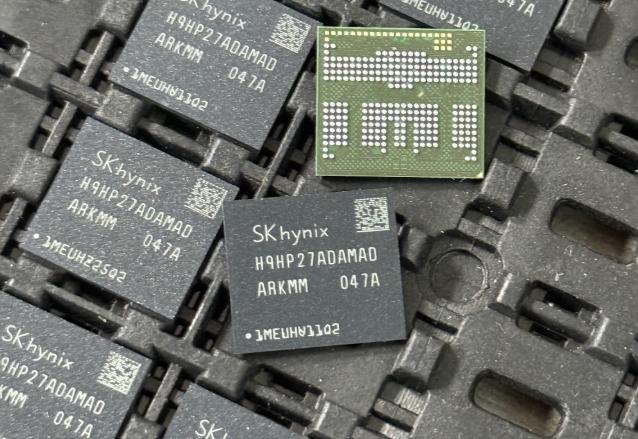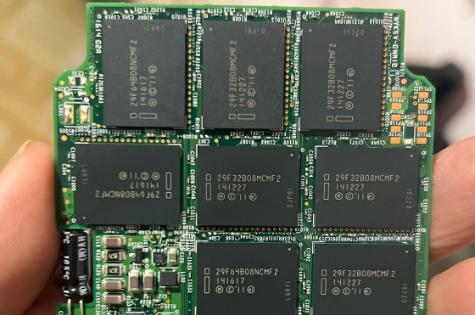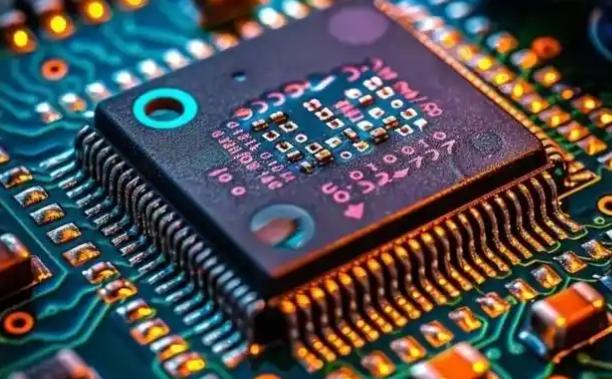Hello! now About Us
Technical Performance Analysis of Ceramic Capacitor 2211JA250221FCTSPU
8/6/2025 2:50:26 AM
As a foundational component in electronics, ceramic capacitors are widely used in telecommunications, consumer electronics, industrial control, and automotive systems due to their compact size, high voltage tolerance, and strong temperature stability. Amid continuous advancements in multilayer ceramic capacitor (MLCC) technology, Knowles' 2211JA250221FCTSPU model stands out for its high precision, reliability, and adaptability to harsh environments, making it a critical component in high-frequency circuits and high-voltage applications. This article provides a systematic analysis of the capacitor's technical parameters, material characteristics, application scenarios, and performance advantages.
1. Core Parameters and Technical Specifications
The 2211JA250221FCTSPU is a C0G/NP0 temperature-compensating ceramic capacitor with the following key specifications:
Nominal Capacitance: 220 pF (±1% tolerance), meeting high-precision circuit requirements.
Rated Voltage: 250 V, enabling stable operation in high-voltage environments.
Temperature Coefficient: C0G (NP0) characteristics, with capacitance variation ≤ ±30 ppm/°C across -55°C to 125°C, achieving near-zero temperature compensation.
Package Dimensions: 2211 metric (5.7 mm × 2.8 mm), thickness 2.54 mm, designed for surface-mount technology (SMT) and automated assembly processes.
Structural Features: Flexible termination design enhances resistance to mechanical stress, reducing cracking risks caused by PCB bending.
These parameters demonstrate the capacitor's industry-leading performance in capacitance accuracy, voltage tolerance, and temperature stability, particularly suited for high-frequency circuits demanding signal integrity.
2. Material and Process Analysis
2.1 Ceramic Dielectric Material: C0G/NP0 Formulation
The C0G (NP0) dielectric belongs to Class 1 ceramics, typically based on strontium titanate (SrTiO₃) or barium titanate (BaTiO₃) doped with rare-earth elements (e.g., neodymium, lanthanum) to optimize grain structure. Key advantages include:
Temperature Stability: The Curie temperature is well below the operating range, avoiding capacitance drift due to ferroelectric phase transitions.
Frequency Response: A low dielectric constant (εr ≈ 36–40) with minimal frequency dependence, suitable for applications above 100 MHz.
Voltage Stability: Capacitance variation < 0.5% under DC bias, ensuring reliability in power filtering circuits.
2.2 Multilayer Ceramic Co-Firing Technology (MLCC)
The 2211JA250221FCTSPU employs a multilayer alternating stacking process with silver-palladium (Ag-Pd) alloy inner electrodes, co-fired at 1,280°C to form a monolithic structure. Critical process points include:
Interlayer Insulation: Ceramic dielectric layers ≤ 5 μm thick, paired with high-purity electrodes, achieve interlayer breakdown voltage > 500 V.
Shrinkage Matching: Adjustments to ceramic slurry viscosity and sintering curves ensure electrode-dielectric shrinkage deviation < 0.3%, preventing delamination.
Termination Treatment: A triple-layer plating (Ni-Cu-Sn) enhances soldering reliability, meeting RoHS compliance and corrosion resistance requirements.
3. Performance Advantages and Application Scenarios
3.1 Signal Integrity in High-Frequency Circuits
In 5G base stations and satellite communications, the capacitor's low loss (Q > 1,000 @ 100 MHz) minimizes signal attenuation and phase noise. For example, in RF front-end modules, it reduces insertion loss (IL) to < 0.05 dB, improving antenna radiation efficiency.
3.2 Power Filtering and Decoupling
In switch-mode power supplies (DC-DC converters), the capacitor works in parallel with electrolytic capacitors to create a hybrid filtering structure combining high-frequency decoupling and low-frequency energy storage. Its 250 V voltage tolerance withstands power ripple peaks, while the C0G material's ultra-low equivalent series resistance (ESR < 5 mΩ) cuts power losses and boosts system efficiency.
3.3 Reliability in Industrial Control and Automotive Electronics
Certified to AEC-Q200 automotive standards, the capacitor endures -55°C to 150°C thermal cycling tests. Its flexible terminations survive >10 G shock acceleration in vibratory environments (e.g., electric vehicle powertrains), with a failure rate < 0.1 ppm/1,000 hours.
4. Technical Comparison and Alternative Solutions
4.1 Performance Benchmarking
Parameter 2211JA250221FCTSPU 1812JA250221FCTSY2 (1812 Package) Traditional Ceramic Disc Capacitor (220 pF/250 V)
Package Size 2211 (5.7×2.8 mm) 1812 (4.5×3.2 mm) Disc Type (Φ5×2.5 mm)
Temperature Stability ±30 ppm/°C ±30 ppm/°C ±15%
Mechanical Strength Flexible Termination Rigid Termination Prone to Cracking
Frequency Range DC–3 GHz DC–2 GHz DC–500 MHz
4.2 Alternative Solutions
Low-Cost Scenarios: For applications with relaxed temperature stability (e.g., consumer audio circuits), X7R dielectric capacitors (e.g., 2211Y2500221KCT) offer a cost-effective option, albeit with ±15% capacitance tolerance and higher losses.
Ultra-High-Frequency Scenarios: For frequencies >3 GHz, NP0 dielectric MLCCs with ultra-thin dielectric layers (<3 μm) in 0402 packages are preferred, though their voltage ratings typically do not exceed 50 V.
5. Technology Trends and Challenges
5.1 Material Innovation Directions
High-Dielectric-Constant Materials: Doping bismuth-layered ferroelectrics (e.g., Bi₄Ti₃O₁₂) could yield Class 2 materials with εr > 1,000, enabling 10× higher capacitance in the same volume.
Low-Temperature Co-Fired Ceramics (LTCC): Combining silver conductors with low-temperature sintering ceramics reduces production costs and increases layer counts (currently up to 1,000 layers).
5.2 Process Optimization Challenges
Ultra-Thin Dielectric Layer Control: The industry's current limit is 0.5 μm, requiring solutions to interlayer shorting and uniformity issues.
Termination Plating Reliability: Under lead-free and high-humidity conditions, tin-based plating is prone to whisker growth, necessitating advanced barrier layers (e.g., Ni-Co alloys).
Conclusion
The 2211JA250221FCTSPU ceramic capacitor combines the temperature stability of C0G dielectrics, the integration density of MLCC technology, and the mechanical robustness of flexible terminations, making it ideal for high-frequency, high-voltage applications. Its technical specifications fully address the demands of 5G communications, industrial automation, and electric vehicles, while ongoing material and process innovations (e.g., ultra-thin dielectric layers, LTCC) are poised to push the boundaries of capacitance density and miniaturization. As electronic systems evolve toward smaller sizes and higher performance, this capacitor model will continue to play a pivotal role in enabling next-generation technologies.
Fudong Communication (Shenzhen) Group Co., Ltd., established in 2004, is a specialized global first tier semiconductor agent/distributor.
Fudong Mall is an online e-commerce platform belonging to Fudong Communication (Shenzhen) Group Co., Ltd. Fudong collaborates with global electronic component distributors and Chinese spot inventory suppliers.









